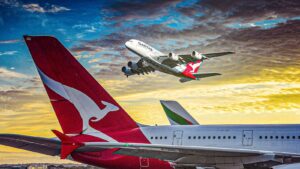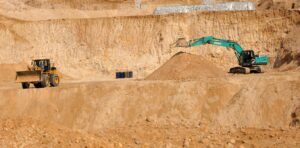
The European Space Agency (ESA) has inaugurated a state-of-the-art deep space communication antenna in Western Australia, significantly enhancing its ability to maintain contact with spacecraft traversing the Solar System. The new facility, named New Norcia 3, is the fourth antenna in ESA’s Estrack tracking network and the second located at the New Norcia site, approximately 120 kilometres north of Perth.
The 35-metre dish, which weighs an impressive 620 tonnes, is equipped with advanced technology capable of detecting extremely faint signals from distant missions. Critical components of its receiver system are cooled to nearly minus 263 degrees Celsius to minimize interference, enabling the capture of data transmitted from billions of kilometres away.
Inauguration Marks a Major Expansion
The inauguration ceremony, held on 4 October 2025, marked a significant expansion of ESA’s communication capabilities for scientific, exploration, and planetary defence missions. The event was led by ESA Director General Josef Aschbacher, with Australian Space Agency Head Enrico Palermo and ESA Director of Operations Rolf Densing in attendance, alongside Western Australia’s Minister for Regional Development Stephen Dawson.
Sabine Winton, the state’s Minister for Education, Early Childhood, Preventative Health, and Wheatbelt, also participated, underscoring the collaborative effort between Europe and Australia in advancing space science.
Supporting Current and Future Missions
Once operational in 2026, the antenna will provide critical support for ESA’s current flagship missions, including Juice, Solar Orbiter, BepiColombo, Mars Express, and Hera. It is also poised to play a pivotal role in future projects such as Plato, Envision, Ariel, Ramses, and Vigil, which aim to study distant planets, monitor the Sun, and bolster planetary defence.
Officials have emphasized that the addition of this antenna not only grants Europe greater independence in space communications but also establishes a robust foundation for long-term exploration. The strategic location in Western Australia offers essential southern hemisphere coverage, making the station a vital component of global deep space tracking efforts.
Strategic Importance and Future Prospects
The new antenna’s location is particularly advantageous, providing coverage that complements existing northern hemisphere facilities. This geographical positioning is crucial for continuous communication with spacecraft as they journey through various parts of the Solar System. The move represents a strategic enhancement of ESA’s capabilities, ensuring it can meet the growing demands of space science over the coming decade.
According to experts, the expansion of ESA’s network is a critical step in maintaining Europe’s competitive edge in the increasingly crowded field of space exploration. As nations and private companies alike ramp up their space ambitions, having reliable and independent communication infrastructure is vital.
“This facility is a testament to the power of international collaboration in space exploration. It strengthens our ability to explore the unknown and ensures that Europe remains at the forefront of space science,” said Josef Aschbacher, ESA Director General.
Implications for the Future
The inauguration of New Norcia 3 is not just a technological milestone; it also symbolizes the deepening ties between Europe and Australia in the realm of space exploration. This partnership is expected to yield further advancements in the field, fostering innovation and scientific discovery.
Looking ahead, the facility is set to become a cornerstone of ESA’s operations, supporting a new era of exploration that could unlock the mysteries of the cosmos and enhance our understanding of the universe. As the demands on space communication networks grow, investments like New Norcia 3 will be crucial in ensuring that Europe remains a key player on the global stage.
With the successful inauguration of this new antenna, ESA is well-positioned to tackle the challenges and opportunities of the next decade in space exploration, promising exciting developments for scientists, researchers, and space enthusiasts worldwide.







